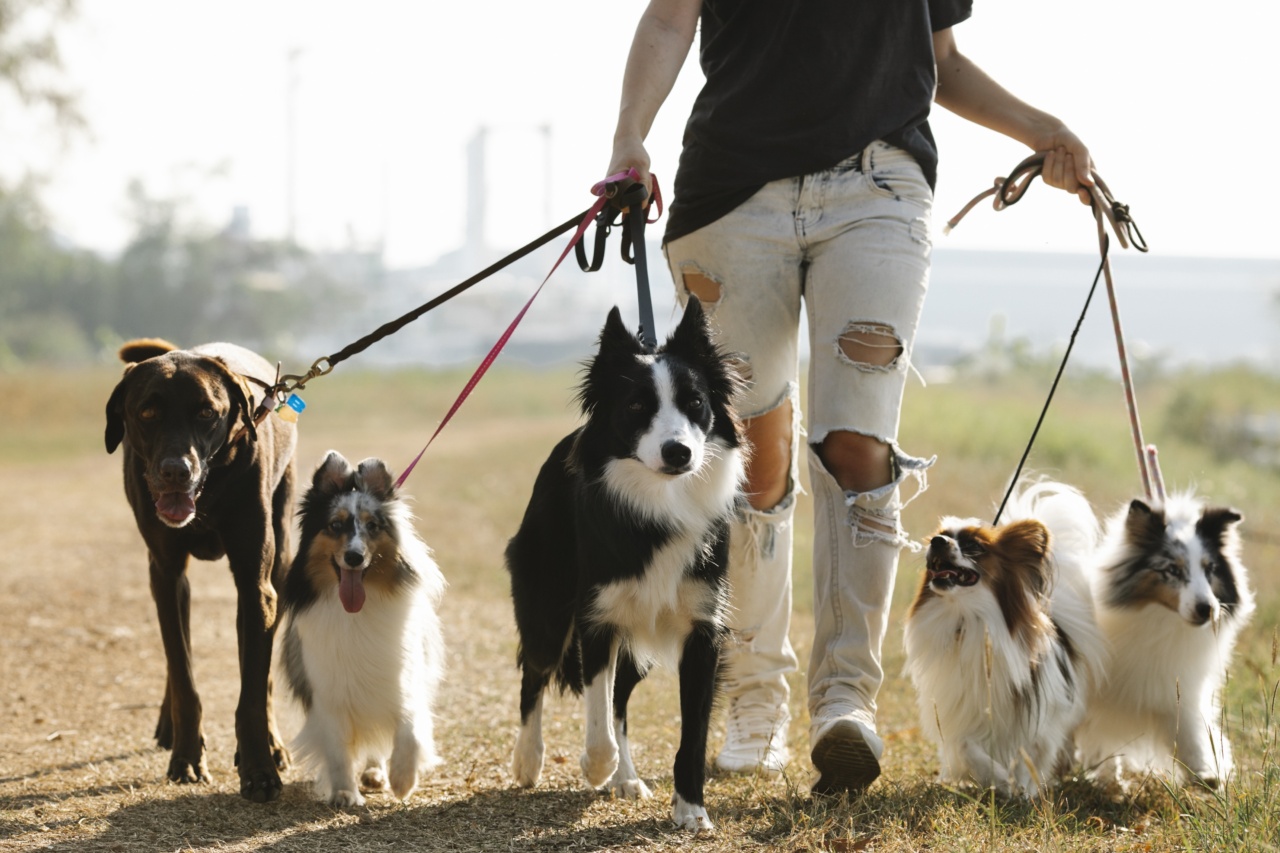Walking is something that most people take for granted. It’s a natural part of daily life that we don’t often think about, but for individuals with autism, it can be incredibly challenging and even dangerous.
Autism is a neurodevelopmental disorder that affects communication, social interaction, and behavior. It’s estimated that one in 59 children in the United States is diagnosed with autism spectrum disorder (ASD), according to the Centers for Disease Control and Prevention (CDC).
And unfortunately, our way of walking can put individuals with autism at risk.
What is Autism?
Autism is a complex developmental disorder that alters how an individual perceives and responds to information. There are different forms of autism, which is why it is referred to as a “spectrum” disorder.
Some common characteristics of autism include:.
- Difficulty with social interaction
- Trouble with nonverbal communication
- Repetitive behaviors or routines
- Fixated interests
- Sensory processing difficulties
How Does Walking Put Individuals with Autism at Risk?
Individuals with autism can struggle with coordination and balance issues, making it difficult for them to walk safely.
Additionally, sensory processing difficulties can cause individuals with autism to be hypersensitive to certain sounds, sensations, or lighting. Bright lights or sudden noises can trigger anxiety, making it challenging for individuals with autism to safely navigate public spaces.
One of the biggest risks to individuals with autism is darting or “bolting” behavior. This is when an individual suddenly takes off running without warning or cause.
This type of behavior can be triggered by sensation overload, anxiety, or other factors. If an individual is walking with a caregiver who is holding their hand or arm, this sudden behavior can easily pull the caregiver off balance, causing them both to fall or trip in a busy public area.
Tips for Walking with Individuals with Autism
It’s important to understand that walking with an individual with autism can be challenging, but there are ways to make it safer and more comfortable for everyone involved. Here are some practical tips:.
Find a Quiet Place to Walk
Individuals with autism may find it helpful to walk in a quiet, calming environment. This could be a park, a nature trail, or anywhere where there are fewer bright lights, noises, and distractions.
This can help reduce anxiety and sensory overload, making it easier for individuals with autism to walk safely.
Use Visual Cues
Visual cues can be helpful for individuals with autism who struggle with communication and social interaction.
Consider using visual cues like pictures or symbols to communicate important information, such as where you are going or what might happen during the walk.
Hold Hands or Use a Walking Harness
If an individual with autism is prone to darting or bolting behavior, it may be helpful to hold their hand or use a specially designed walking harness.
This can help prevent sudden movements and provide a sense of security for both the individual with autism and their caregiver. Consider using a harness that has reflective materials for added safety during early morning or evening walks.
Practice Walking Skills
Walking can be a complex task for individuals with autism, which is why it’s important to practice walking skills with them.
Practice balance, coordination, and how to walk safely in public spaces, including intersections, crosswalks, and other crowded areas. Make this practice fun by turning it into a game, so that individuals with autism are more likely to remember the skills and feel comfortable walking with their caregiver.
Be Mindful of Sensory Triggers
Individuals with autism may have different sensory triggers that can lead to behavior problems or anxiety during walks. Some common sensory triggers include loud noises, bright lights, or certain textures.
Being mindful of these triggers and avoiding them when possible can help make walks a more positive and less stressful experience for everyone involved.
Conclusion
Walking is something that many of us take for granted, but for individuals with autism, it can be incredibly challenging and even dangerous.
Sensory processing difficulties, balance and coordination challenges, and anxiety can all make walking more difficult for individuals with autism. By following some helpful tips and being aware of the risks, caregivers and loved ones can better support individuals with autism during walks, making it safer and more enjoyable for everyone involved.






























